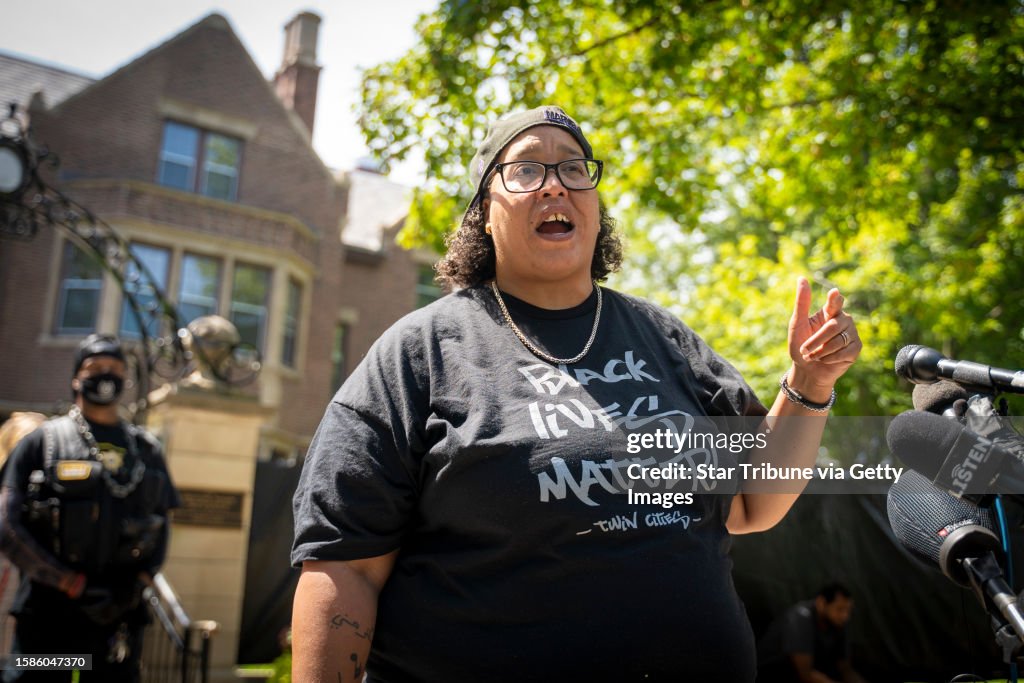News Americas, WASHINGTON, D.C., Tues. Sept. 12, 2023: While there has been a noteworthy reduction in the overall poverty rate for Black individuals across the US according to Census data released today, significant racial disparities continue to be a pressing issue.
Black individuals made up 20.1% of the population in poverty in 2022 but only 13.5% of the total population. This results in a ratio of 1.5, meaning that the Black population was overrepresented in poverty.
The statistics reveal a concerning discrepancy in the poverty rates between the Black population and the rest of the nation. Despite the overall improvement in poverty figures for the U.S. Black population, which reached a historic low of 17.1% in 2022, according to data released today by the U.S. Census Bureau, the fact that Black individuals are disproportionately affected by economic hardship remains a critical concern.
As the nation celebrates the achievement of a historic low in poverty rates for Black Americans, it is crucial to acknowledge and address the deeply rooted disparities that persist. The ratio of 1.5 vividly underscores the need for targeted efforts and policies aimed at tackling systemic inequalities and ensuring that economic opportunities are accessible to all, regardless of race.
This overrepresentation in poverty for Black individuals emphasizes the ongoing challenge of achieving true economic equality and social justice. It calls for a concerted effort from policymakers, communities, and institutions to eliminate the racial disparities that continue to hinder progress.
Still, back in 1959, the rate stood at a staggering 55.1%, the highest on record.
HISPANICS
Similarly, the Hispanic population was also overrepresented in poverty with a ratio of 1.5, which was not statistically different from the ratio for the Black population. The American Indian and Alaska Native population had the highest overrepresentation in poverty, with a ratio of 2.2.
In contrast, non-Hispanic White and Asian individuals were underrepresented in poverty, both with a ratio of 0.8, not statistically different from one another.
How Poverty is Measured
The Census Bureau releases two measures of poverty each year: the official poverty measure and the Supplemental Poverty Measure (SPM). The official measure, dating back to 1959, defines poverty by comparing pretax money income to a national poverty threshold adjusted by family size, number of children, and age of householder.
The SPM, available since 2009, extends the official measure by accounting for federal and state taxes, work and medical expenses, geographic housing variation, and several government programs designed to assist low-income families.









